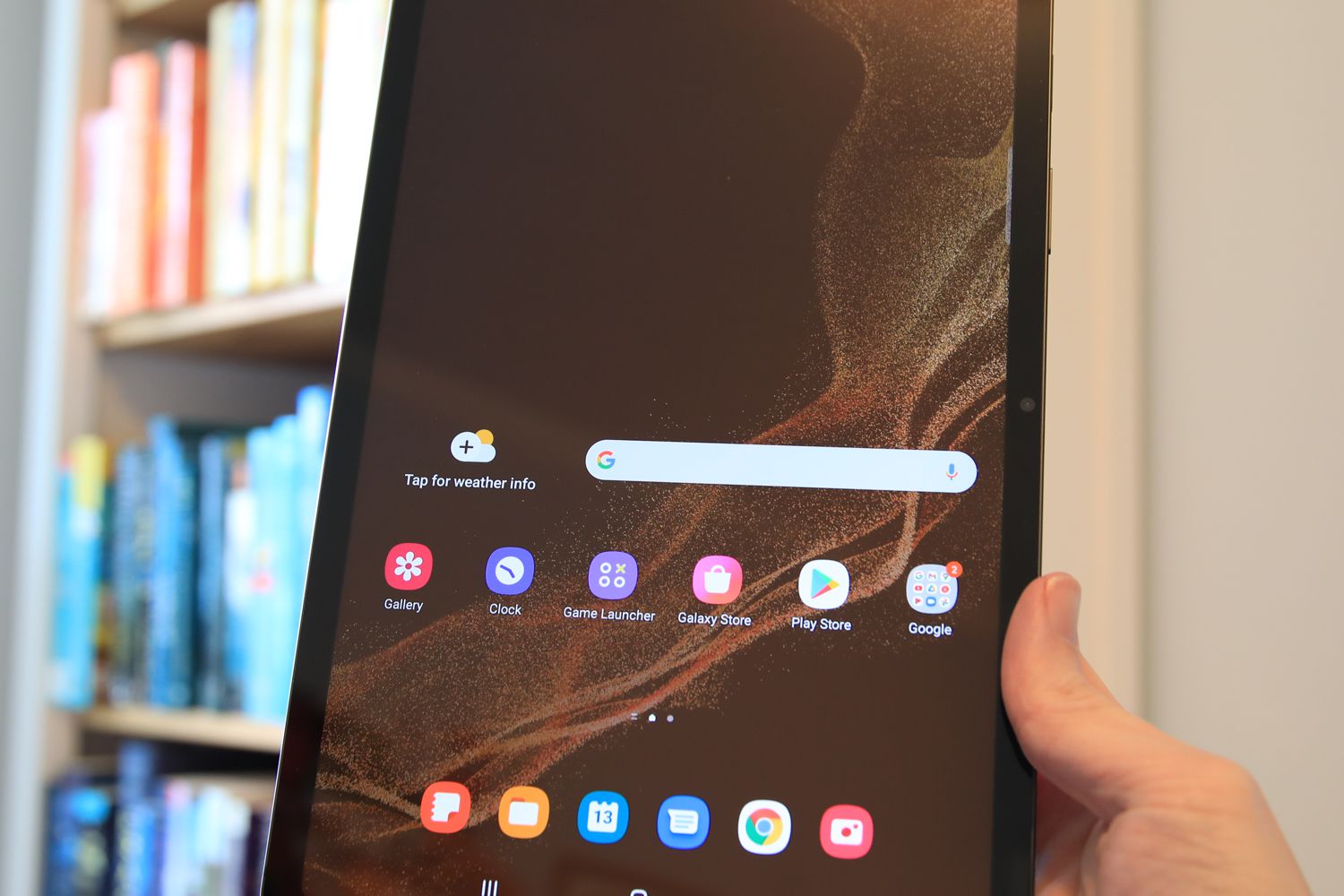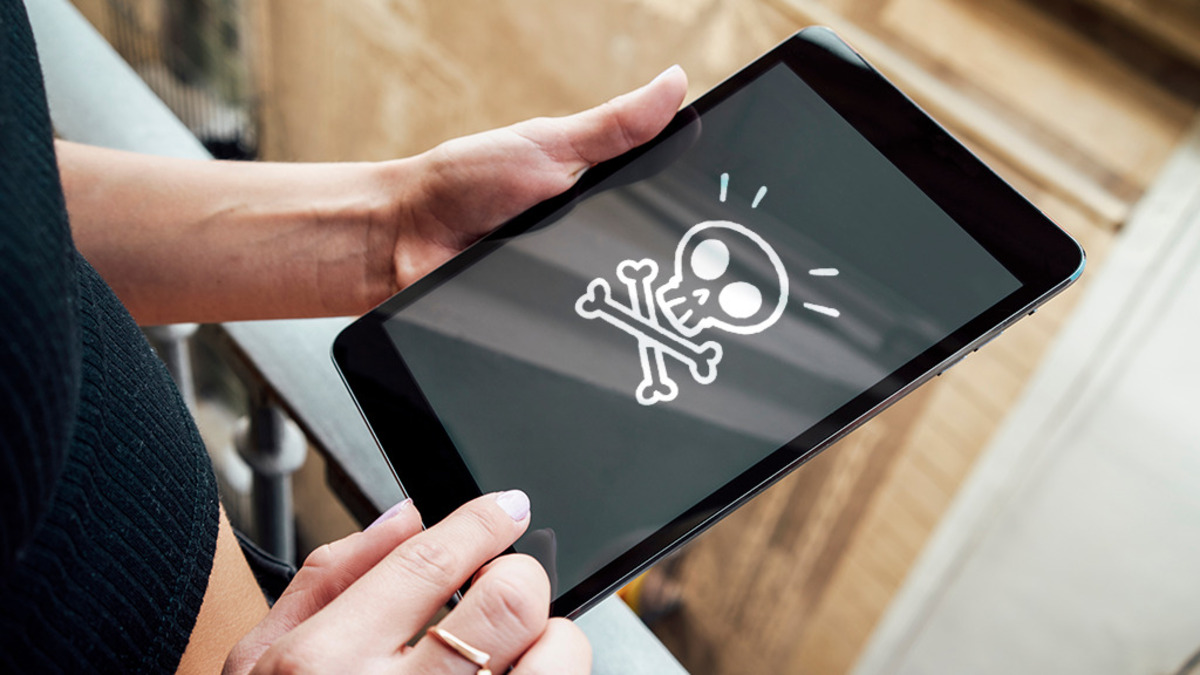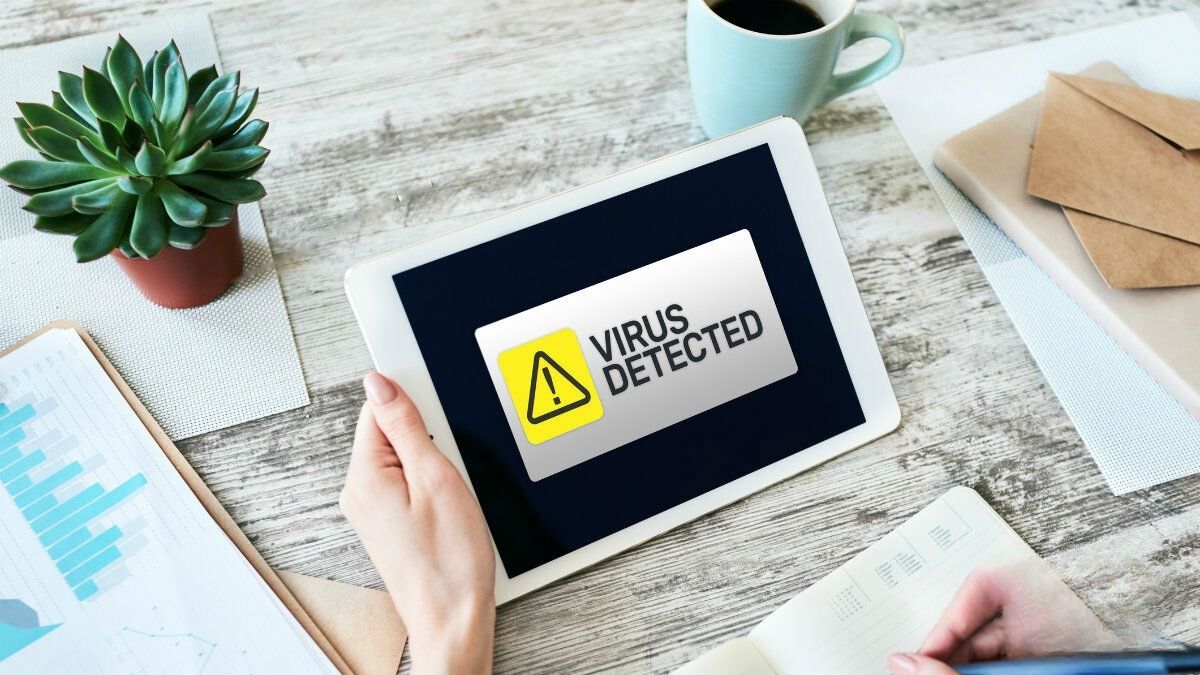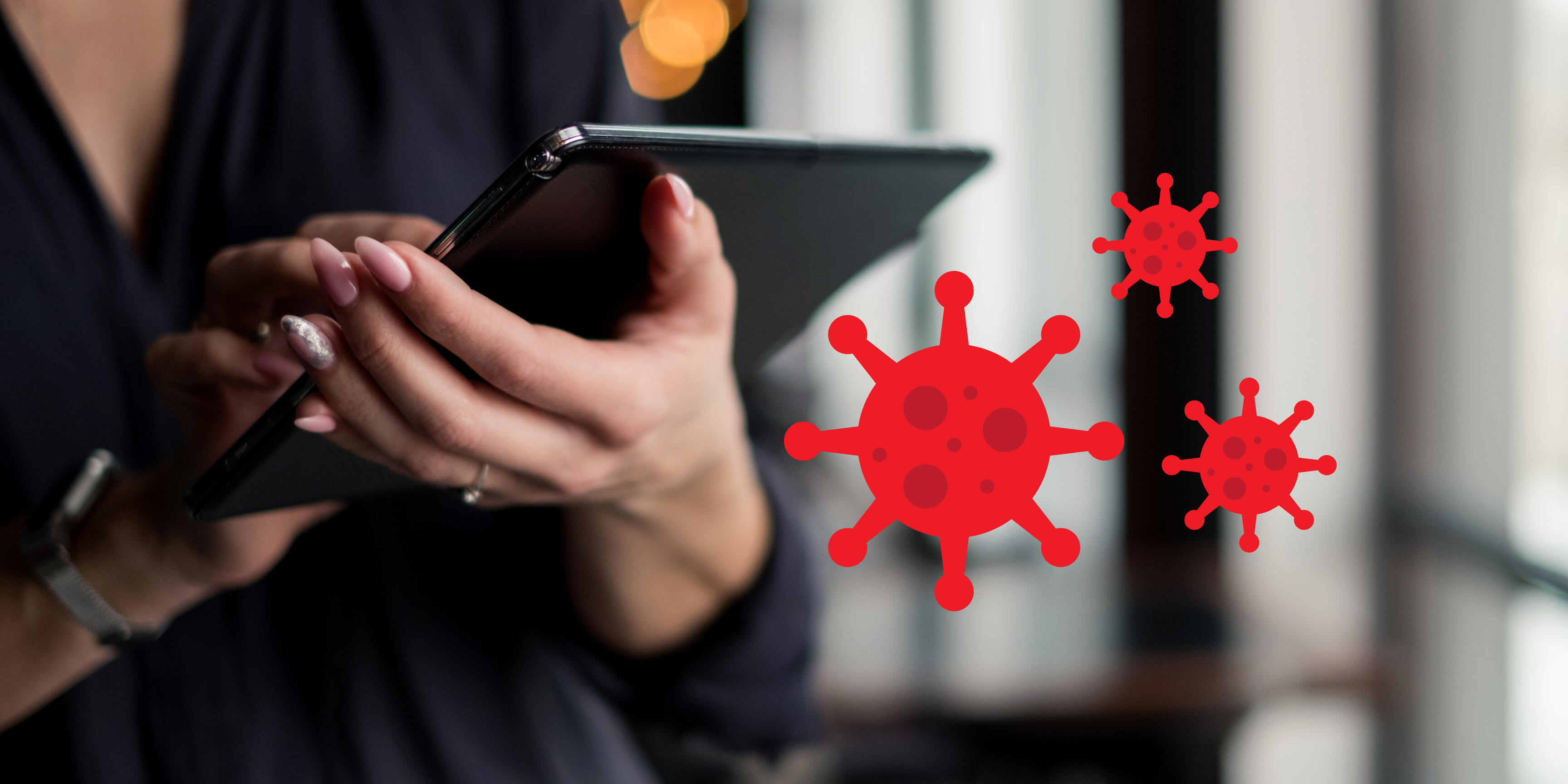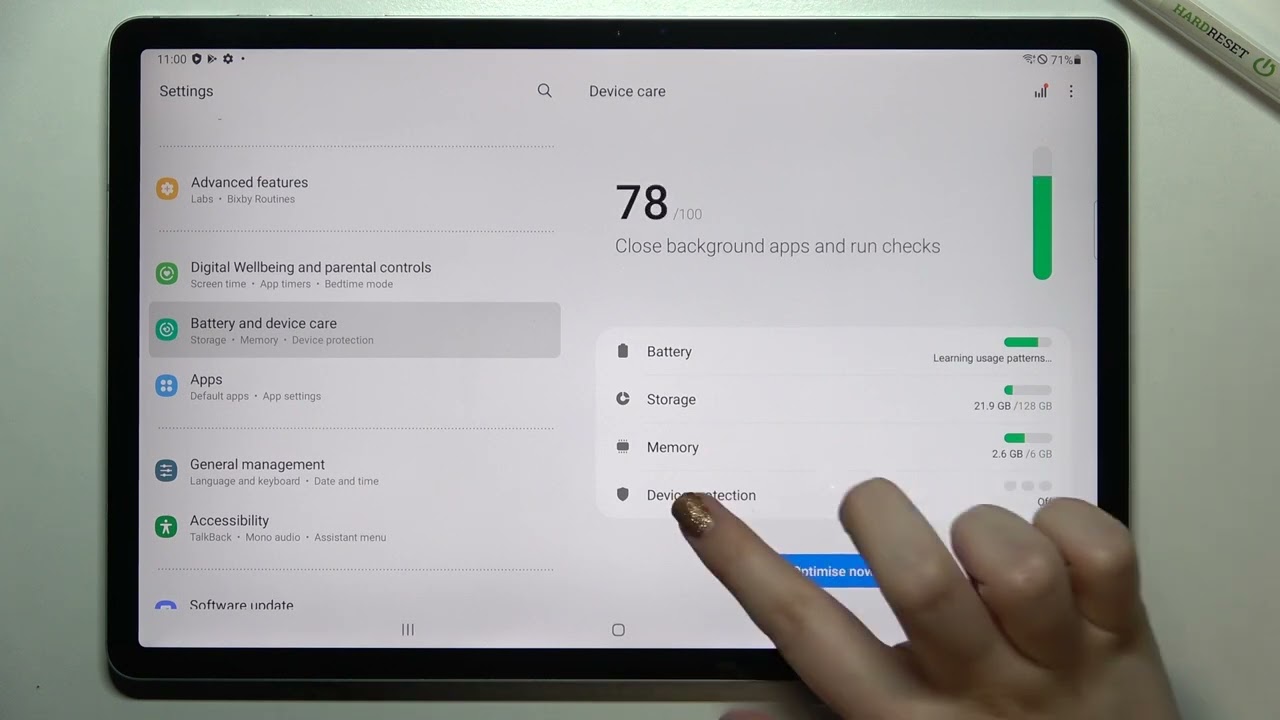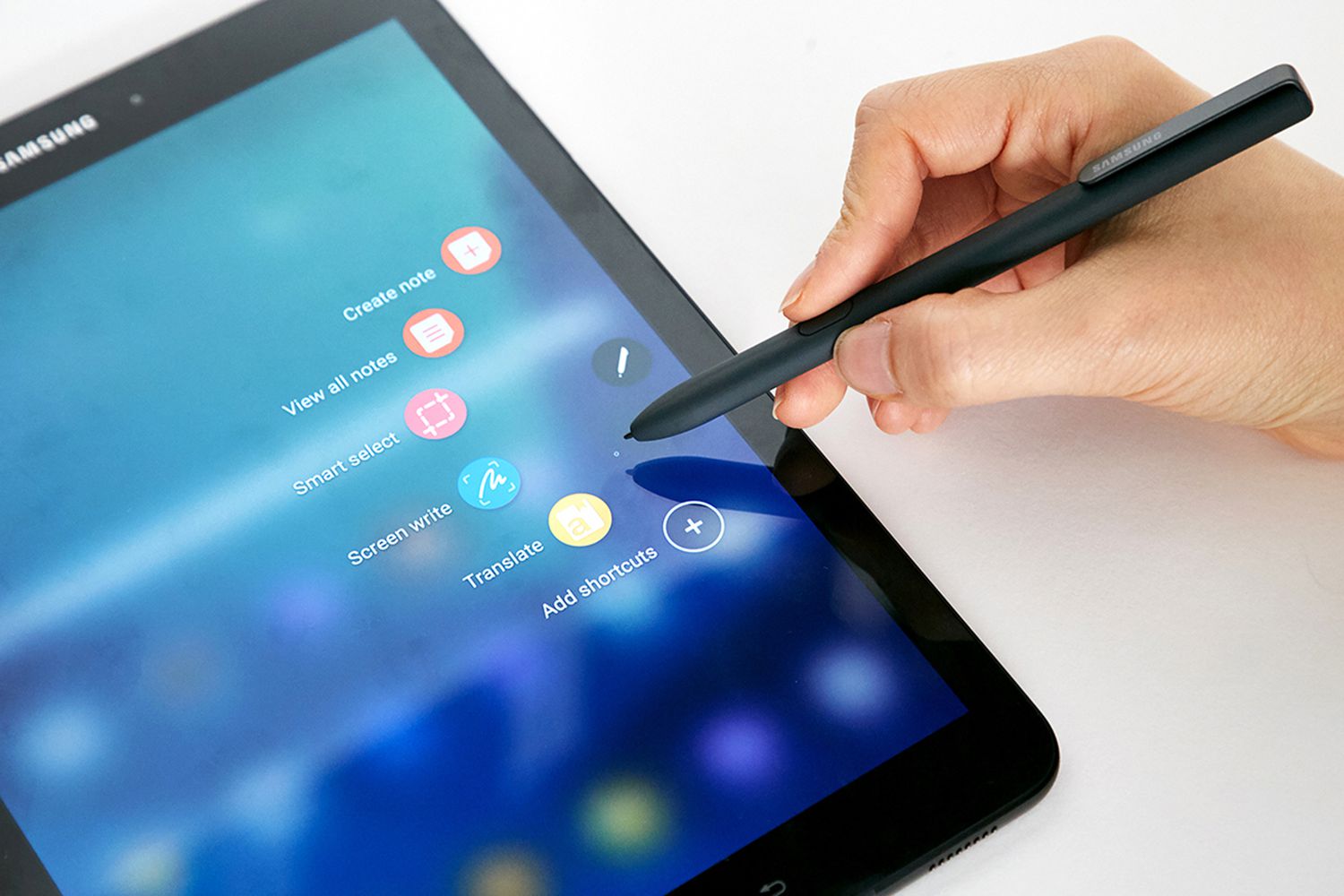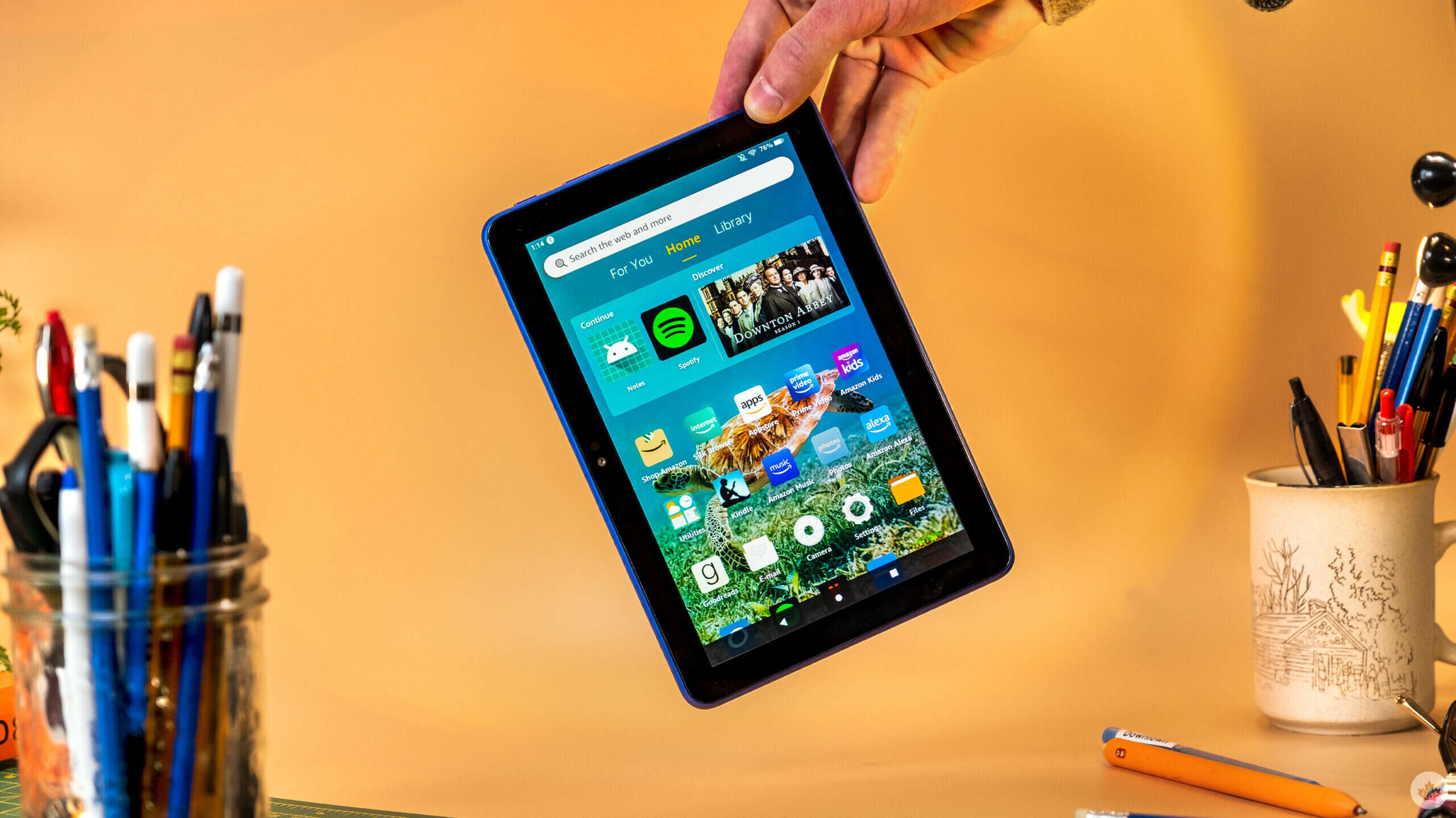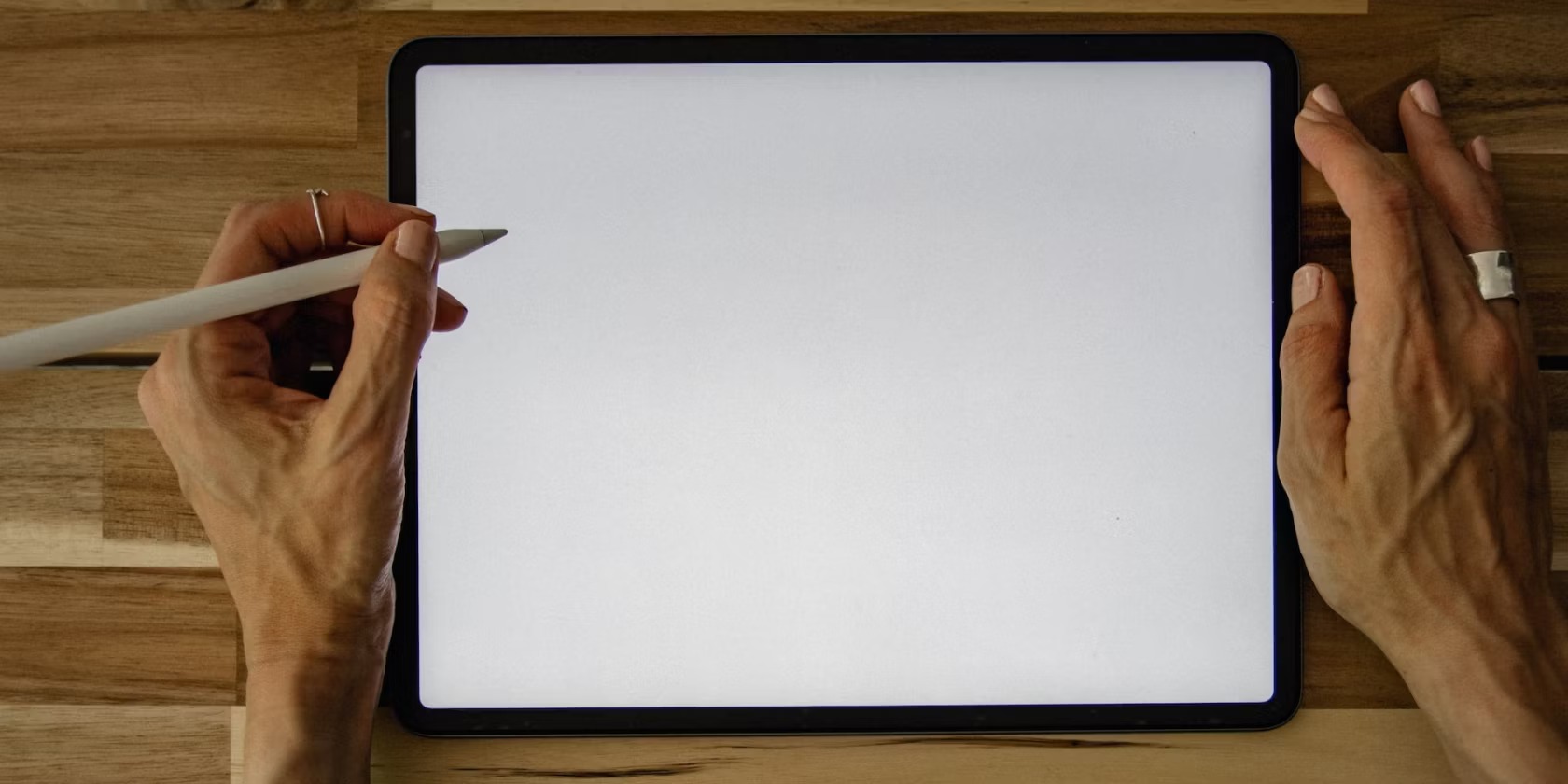Introduction
With the increasing use of smartphones and tablets, protecting our devices from viruses and malware has become a top priority. Tablets are not immune to infections, and if not properly safeguarded, they can become vulnerable to harmful threats that can compromise our personal data, slow down performance, and even damage the device itself.
In this article, we will guide you through the process of removing viruses from your tablet. By following these steps, you can effectively clean up your device and restore its optimal functionality. Whether you are using an Android tablet or an iPad, these methods are applicable to most tablets on the market. Taking the necessary precautions to protect your tablet from viruses is essential to ensure a safe and enjoyable digital experience.
Before we begin, it’s important to note that prevention is key when it comes to protecting your tablet. Installing antivirus software, regularly updating your operating system, and being cautious of what you download or click on are all proactive measures that can help keep your tablet free from viruses and malware. However, if your tablet has already been infected, follow the steps outlined below to remove the viruses and restore the security of your device.
Step 1: Update the Operating System
Keeping your tablet’s operating system up to date is an essential step in removing viruses and ensuring device security. Software updates often include important security patches and bug fixes that can help protect your device from malicious attacks. Here’s how to update your operating system:
1. On your tablet, go to the “Settings” menu. This is usually represented by a gear icon.
2. Scroll down and tap on “Software Update” or “System Update”, depending on your tablet’s manufacturer and model.
3. Your tablet will now check for available updates. If an update is available, tap on “Download” and wait for the process to complete. Make sure you are connected to a stable Wi-Fi network to ensure a smooth update process.
4. Once the download is complete, your tablet will prompt you to install the update. Tap on “Install” and follow the on-screen instructions. Your tablet may need to restart during the installation process.
Updating your tablet’s operating system not only helps in removing viruses but also improves the overall performance of your device. It is recommended to regularly check for updates and install them as soon as they are available to keep your tablet secure and up to date.
Step 2: Install and Update Antivirus Software
One of the most effective ways to remove viruses from your tablet is by installing and regularly updating antivirus software. Antivirus software helps detect and eliminate malicious programs that may be present on your device. Follow these steps to install and update antivirus software on your tablet:
1. Open the app store on your tablet. For Android devices, this is usually the Google Play Store, and for iPads, it is the App Store.
2. Search for a reputable antivirus app such as Avast, McAfee, or Bitdefender. Read reviews and check ratings to choose the best antivirus software for your needs.
3. Tap on the “Install” or “Get” button to download and install the antivirus app.
4. Once the antivirus app is installed, open it and follow the on-screen instructions to set it up and configure the scanning preferences.
5. Update the antivirus software to ensure you have the latest virus definitions and protection. Most antivirus apps have a built-in update feature that updates the software and virus definitions automatically.
6. Run a full system scan using the antivirus app. This scan will detect and remove any viruses or malware present on your tablet. Depending on the size of your device’s storage and the number of files, the scanning process may take some time.
Regularly update and run scans with your antivirus software to keep your tablet protected against new threats. Remember to pay attention to any alerts or notifications from the antivirus app regarding potential security risks.
By installing and updating antivirus software, you can proactively protect your tablet from viruses and ensure a safe browsing experience.
Step 3: Scan and Remove Malware
Once you have installed and updated antivirus software on your tablet, the next step is to perform a thorough scan to detect and remove any malware that may have infected your device. Follow these steps to scan and remove malware from your tablet:
1. Open the antivirus app that you installed in the previous step.
2. Navigate to the scanning options or settings within the app. Look for a “Scan” or “Scan Now” button.
3. Select the type of scan you want to perform. Most antivirus apps offer options such as quick scan, full scan, or custom scan. It is recommended to perform a full scan, as it thoroughly checks all files and folders on your tablet for any malware.
4. Start the scan and let the antivirus software examine your device for any malicious programs or files. The scanning process may take some time, depending on the size of your tablet’s storage and the complexity of the malware.
5. After the scan is complete, the antivirus app will display the results. If any malware is detected, follow the app’s prompts to remove or quarantine the infected files. It is important to carefully review the detected items before taking action to avoid deleting any legitimate files.
6. Once the malware has been removed or quarantined, consider performing a second scan to ensure that your tablet is completely free from any lingering threats.
Remember to keep your antivirus software updated and perform regular scans to keep your tablet protected from malware. Additionally, exercise caution when downloading and installing apps from third-party sources, as these can often be a source of malware infections. Stick to reputable app stores and only download apps from trusted developers.
Step 4: Disable Unnecessary Apps and Services
To further optimize your tablet’s performance and remove potential sources of viruses or malware, it’s important to disable unnecessary apps and services. These unnecessary apps and services not only take up valuable storage and memory but can also come bundled with adware or other unwanted programs. Follow these steps to disable unnecessary apps and services on your tablet:
1. Open the “Settings” menu on your tablet.
2. Look for an option called “Apps” or “Applications” and tap on it. This will display a list of all the apps installed on your tablet.
3. Go through the list of apps and identify those that you don’t use or recognize. Tap on the app to open its information page.
4. On the app’s information page, you will find a button that says “Disable” or “Turn off”. Tap on this button to disable the app. Disabling the app will prevent it from running in the background and taking up system resources.
5. Repeat this process for all the unnecessary apps on your tablet. Be cautious when disabling pre-installed system apps, as they may be required for the proper functioning of your device.
6. Apart from disabling apps, also consider disabling unnecessary services and permissions. In the Settings menu, look for options like “App Permissions” or “Services” to manage and disable unnecessary permissions and services.
By disabling unnecessary apps and services, you not only free up valuable resources on your tablet but also reduce the risk of viruses and malware. Additionally, your tablet’s performance and battery life may also improve.
Remember to be selective and only disable apps and services that you are sure you don’t need. If in doubt, it’s better to leave the app or service enabled to avoid any unintended consequences or disruptions to your tablet’s functionality.
Step 5: Remove Suspicious or Unknown Apps
One of the easiest ways for viruses and malware to enter your tablet is through suspicious or unknown apps. These apps may appear harmless at first but can secretly install malicious software or engage in unauthorized activities on your device. It’s important to regularly review and remove any suspicious or unknown apps from your tablet. Here’s how you can do it:
1. Open the “Settings” menu on your tablet.
2. Look for an option called “Apps” or “Applications” and tap on it to view the list of installed apps.
3. Go through the list of apps and identify those that you consider suspicious or do not recognize. Pay attention to app names that are misspelled, have excessive or intrusive ads, or request unnecessary permissions.
4. Tap on the suspicious app to open its information page. Here, you will find options to uninstall or disable the app.
5. If you are sure that the app is indeed suspicious or unwanted, tap on “Uninstall” to remove it from your tablet. If the app came pre-installed on your device and cannot be uninstalled, look for an option to “Disable” or “Turn off” the app instead.
6. Repeat this process for all the suspicious or unknown apps on your tablet. Remember to carefully review each app before removing it to avoid uninstalling any essential or legitimate apps.
Additionally, when downloading new apps, always ensure that they are from trusted sources such as the official app stores for your tablet’s operating system. Be cautious of third-party app stores or websites that may host malicious apps.
Removing suspicious or unknown apps not only reduces the risk of viruses and malware but also helps enhance the overall security and performance of your tablet. Regularly review your installed apps and keep your device free from potential threats.
Step 6: Clear Cache and Temporary Files
Over time, your tablet accumulates cache files and temporary data from various apps and processes. Clearing these files not only helps free up storage space but also removes potential sources of viruses or malware. Follow these steps to clear the cache and temporary files on your tablet:
1. Open the “Settings” menu on your tablet.
2. Look for an option called “Storage” or “Storage & Memory” and tap on it. This will display information about your tablet’s storage usage.
3. You will see a list of apps and the amount of storage each app is using. Tap on an app that you want to clear the cache for.
4. On the app’s information page, look for an option called “Clear Cache” or “Clear Data”. Tap on this option to remove the cache files associated with the app.
5. Repeat this process for other apps that you want to clear the cache for. Remember to be selective and only clear the cache for apps that you use frequently or that are taking up a significant amount of storage space.
6. Apart from clearing app cache, you can also clear the system cache on your tablet. To do this, go back to the “Storage” or “Storage & Memory” settings and look for an option called “Cached Data” or “System Cache”. Tap on this option to clear the system cache.
Clearing the cache and temporary files on your tablet helps improve its performance and frees up storage space. It also eliminates any potential malware or viruses that may have been stored in the cache.
It is recommended to perform this step regularly to ensure your tablet is running efficiently and to maintain its security. Some devices may have different steps or options to clear cache and temporary files, so refer to your device’s specific documentation or support resources if needed.
Step 7: Disable Pop-ups and Notifications
Pop-ups and notifications can not only be annoying but also serve as a gateway for viruses and malicious software to enter your tablet. Disabling pop-ups and managing notifications can help prevent unwanted ads and potential security risks. Follow these steps to disable pop-ups and manage notifications on your tablet:
1. Open the “Settings” menu on your tablet.
2. Look for an option called “Notifications” or “Notifications & Sounds” and tap on it. This will take you to the notification settings for your device.
3. Scroll through the list of apps and enable or disable notifications as per your preference. It’s recommended to disable notifications for apps that you don’t frequently use or that are known to display excessive ads or spammy content.
4. To further manage notifications, tap on an app to access its specific notification settings. Here, you can customize the types of notifications you receive, such as disabling pop-ups, banner notifications, or sound alerts.
5. It’s also important to enable a pop-up blocker in your device’s web browser. Open your browser’s settings and look for an option to block pop-ups. Enable this option to prevent pop-up ads from appearing while browsing the web.
By disabling pop-ups and managing notifications, you can minimize the risk of clicking on malicious ads or being tricked into downloading harmful software. This not only enhances your tablet’s security but also provides a more seamless and uninterrupted user experience.
It’s recommended to regularly review and update your notification settings as new apps are installed or updated. Additionally, be cautious when granting notification permissions to newly installed apps, as they may have the potential to display unwanted or intrusive content.
Step 8: Reset the Tablet to Factory Settings
If all else fails and your tablet is still plagued by viruses or malware, a last resort option is to reset your tablet to its factory settings. This step erases all data and settings on your device, returning it to its original state. However, it is important to note that this will also delete all your personal data, so make sure to back up any important files before proceeding. Follow these steps to reset your tablet to factory settings:
1. Open the “Settings” menu on your tablet.
2. Look for an option called “System” or “General” and tap on it.
3. Navigate to “Reset” or “Backup & Reset” and tap on it.
4. Look for an option called “Factory Data Reset” or “Reset Tablet.
5. Before proceeding, review the information displayed to ensure you understand that all data will be deleted. If you have any important files, make sure to back them up before proceeding.
6. Tap on “Reset” or “Erase All Data” and follow the on-screen instructions to confirm the reset process. Your tablet may take a few minutes to complete the reset and reboot.
After the reset is complete, your tablet will be restored to its original factory state, free from any viruses or malware. You will need to go through the initial setup process again, including signing in to your account and reinstalling your apps.
Remember to be cautious when installing apps after the reset. Stick to trusted sources and only download apps from reliable app stores. This will help reduce the risk of infecting your tablet with viruses or malware again.
Resetting your tablet to factory settings is a drastic step, but it can be effective in completely eliminating persistent viruses or malware. If you have exhausted all other methods of removal and your tablet is still experiencing issues, this step may be necessary to ensure the security and performance of your device.
Conclusion
Protecting your tablet from viruses and malware is crucial to maintain its performance, security, and protect your personal data. By following the steps outlined in this guide, you can remove viruses from your tablet and safeguard it against future infections. Here’s a quick recap of the steps:
1. Update the operating system to ensure you have the latest security patches and bug fixes.
2. Install and regularly update antivirus software to detect and remove malware.
3. Scan your tablet for malware and take appropriate action to remove any detected threats.
4. Disable unnecessary apps and services to optimize your tablet’s performance and reduce the risk of infections.
5. Remove suspicious or unknown apps that may be sources of viruses or malware.
6. Clear cache and temporary files to free up storage space and eliminate potential malware storage.
7. Disable pop-ups and manage notifications to prevent unwanted ads and security risks.
8. Consider resetting your tablet to factory settings as a last resort to completely remove persistent viruses or malware.
Remember to take preventive measures such as downloading apps from trusted sources, being cautious while clicking on links or downloading files, and regularly updating your software and apps to stay protected.
By following these steps and practicing good digital hygiene, you can keep your tablet free from viruses and malware, ensuring a safe and enjoyable user experience. Don’t overlook the importance of regular maintenance and staying vigilant against potential threats to keep your tablet secure and running smoothly.









